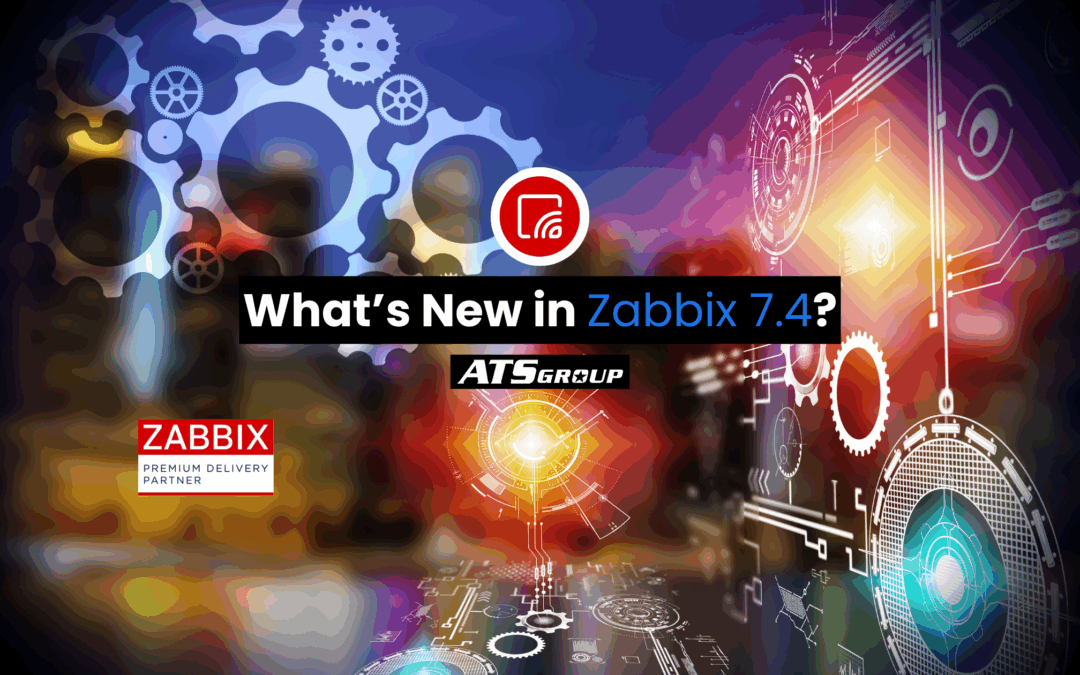With today’s complex environments, planning for IT capacity is a challenging task. Modern organizations have increasing pressure to predict capacity demands while consistently providing top-notch performance. The need to implement emerging technologies, determine root causes of latency and downtime and enable digital transformation initiatives complicates and already arduous process.
IT administrators must have in-depth visibility into their business systems. Balancing expectations and ensuring success with current and future IT initiatives requires advanced data-driven capabilities.
Achieve Operational Excellence
Capacity planning allows organizations to analyze, determine and meet future demands of their changing infrastructure. However, capacity planning means nothing if it isn’t accurate. Detailed, historical data is the key to accuracy. With this information, IT teams can proactively address any performance or capacity issues that might emerge within your infrastructure. No guessing as to the root cause, or which tasks should take priority. There are a whole host of different, powerful ways to utilize this data:
- Pinpointing usage trends that can forecast upcoming demands
- Addressing potential performance issues before they impact end users
- Right-sizing IT environments
- Ensuring that support is in place where it’s needed, but the company isn’t overpaying for unnecessary resources
Designed and developed by the ATS Group, Galileo Performance Explorer is a proactive, data-driven solution for IT capacity and performance management. Deep, predictive analytics and access to unlimited historical data helps organizations innovate and accurately align diverse infrastructure assets with capacity needs. With Galileo, IT teams can increase uptime, pinpoint usage trends, forecast demands, right-size environments and accurately plan for the future.
View the New eBook
Download our new eBook, How Data-Driven Performance Monitoring Supports IT Capacity Management, to read how modern IT leaders are using deep analytics and data visualization tactics to right-size their infrastructures, ensure optimal performance and accurately plan future budgets.
[pdf-embedder url=”https://galileosuite.com/wp-content/uploads/2018/09/Galileo_Capacity-Management-eBook_2018.pdf”]
Having trouble viewing the PDF? Download it here: How Data-Driven Performance Monitoring Supports IT Capacity Management



